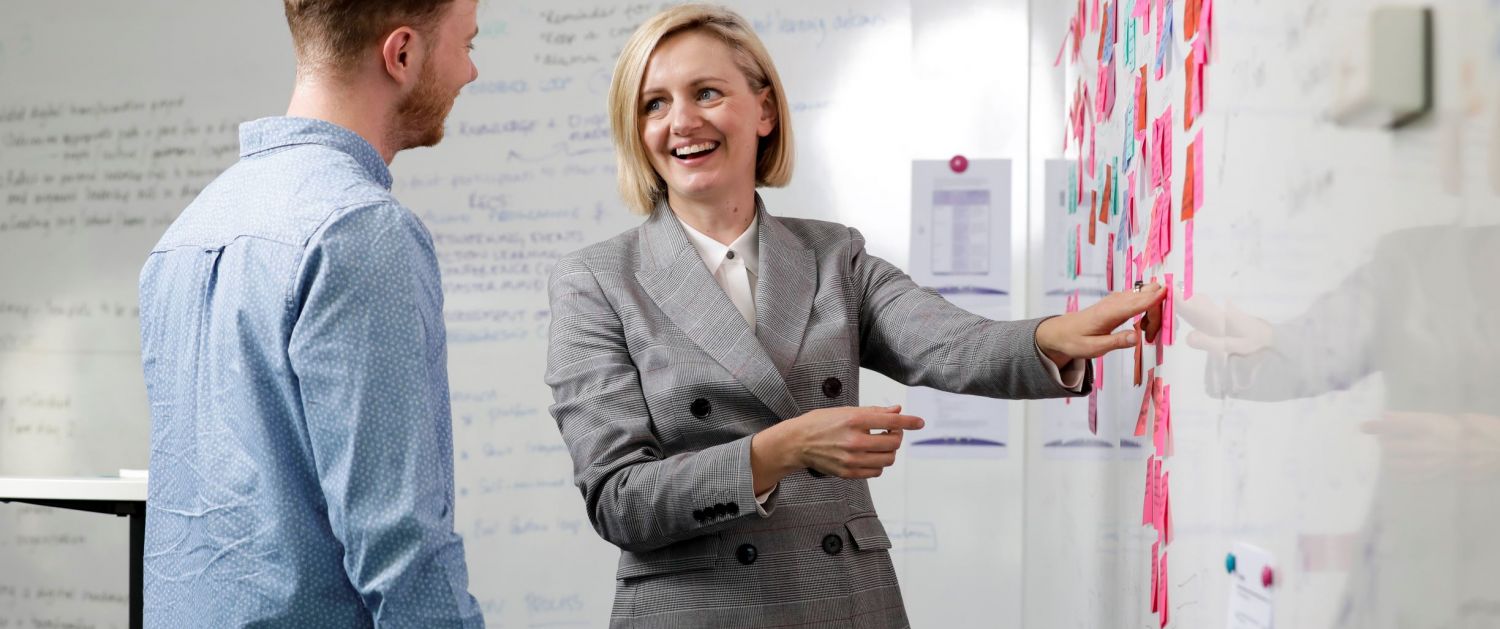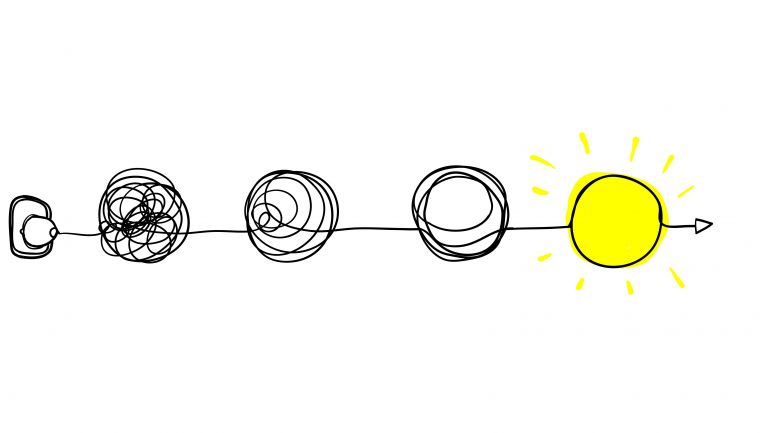Sign up for our monthly newsletter

Too many researchers are asking the wrong questions. (Here's how not to.)
It’s the sinking sensation of the silence that never ends.
As a researcher you know you are struggling. Your pre-agreed, pre-formulated, pre-written questions are landing on your subject’s nose like a heavyweight’s punches.
Designed to elicit conversation, provoke reflection and stimulate creative thinking they are having the opposite effect. Your subject looks dazed. His shoulders shrug.
It’s not that he doesn’t know enough to respond. After all, he’s in the room because he’s a relevant voice. A stakeholder, an expert, maybe a user of the system you are working hard to rethink and remake.
He isn’t lacking brainpower. The answers you and your client desperately want are hidden somewhere inside.
But they aren’t coming out of his mouth.
It’s probably because you are asking the wrong questions. And the surest way to do that is to ask upfront for the insights that should more accurately be the end stage in your interview or workshop process.
Why this happens
Clients come to us with particular – sometimes very specific – questions they need to answer. Logic might tell you, that if you need to find out the answer to a particular question, then the best thing to do is ask that question, right?
Wrong.
What we have learned through running research projects with hundreds of different people, and facilitating workshops with hundreds more, is there is an art to asking the right questions; to finding out the information that you really need to know.
People rarely understand or answer questions in the way that you expect they will. What seems like a clear and straightforward question to me (with some very logical and clear answers) may have a very different meaning to you.

Start Broad
In workshops and interviews, people often have low tolerance for being asked the same question more than once or twice. You often only get one shot to engage and if your question doesn’t hit the mark the first time, you’ve lost them. This means that going too narrow and specific too soon may limit where you can get with a particular line of enquiry.
Starting broad and guiding the “questionee” towards the real question you need to ask is much more effective. Taking small bites and coming at a problem from different angles – understanding different experiences and perspectives – can help us to build a much fuller picture.
Building the picture slowly also allows for greater dialogue between the questioner and questionee. The questionee feels listened to and they are more likely work with you to build the picture. It also means they can spend more time on the parts that are most important to them, helping us to understand the “why” behind the “what” of the answers we are seeking.
There’s a reason why – at ThinkPlace – we call this the “Explore phase” of a project. What may appear, at first glance, to be a fuzzy or overly vague line of questioning invariably leads to the kind of raw materials (both qualitative and quantitative) that a skilled researcher and designer needs to uncover genuine, powerful insights.
Embrace the uncertainty
As a designer this is something you need to convey to your client at times. Getting them comfortable with uncertainty at this point of the project is part of the job. In the end, they will get the answers they are looking for. Just not by directly asking for them.
Clients who haven’t worked in this way can be very outcome-focused. And keen to ask specific questions of interview subjects to chase those outcomes. As designers, our need is different. We want to generate and gather raw materials. Then, we want to ask specific questions of the data itself.
Say you are designing a major education campaign aimed at helping people with diabetes to better manage their health. Your client wants to know specific things and the questions they want interview subjects to be asked might be conceived in light of those predetermined outcomes.
They might want to ask dieticians, doctors and peak bodies: "What would it take to get people with diabetes to self-regulate their sugar intake?”
Or: “How can we make sure all pharmacists are aware of and using the new guidelines about diabetes management when they talk with customers over the counter?”
What we find is that when we gather people together in a room and hit them with questions like this one of two things happen:
You either get a really closed answer that is limited in scope and often inflected by pre-existing limitations or frustrations: “It would take more funding”
Or, you get…that awkward, confused silence again.
Either way, it doesn’t lead to generative thinking or creative problem solving.
What does?
There might be a whole world of different possible solutions that could contribute to the outcome we are looking for. Maybe self-regulating sugar is not the answer to help people with diabetes to manage their health? Maybe arming pharmacists with guidelines is not the best way to educate people about managing their diabetes? Which means open-ended questions that encourage the interviewee to pause, reflect and begin storytelling have great value.
“What’s happening in this space now? What’s working well?”
“What challenges do people with diabetes currently face when managing their health?”
“Where do people go for information now?”
“What role might pharmacists play?”
As researchers, we would rarely expect to have clear answers at the conclusion of a workshop. Instead, what we would hope for is rich data that is like different pieces of a puzzle that needs to be put together, by identifying and drawing out patterns and insights.
What’s more, this approach often means there may well be pieces of the puzzle that we didn’t anticipate, but which are critical to understanding the problem and answering those questions that our clients need to answer.
It’s self evident that, as designers, we should approach each design task with an open mind, receptive to a variety of outcomes depending on where the relevant voices and insights lead us. But to get there, we sometimes can forget, you need to start with open questions.






